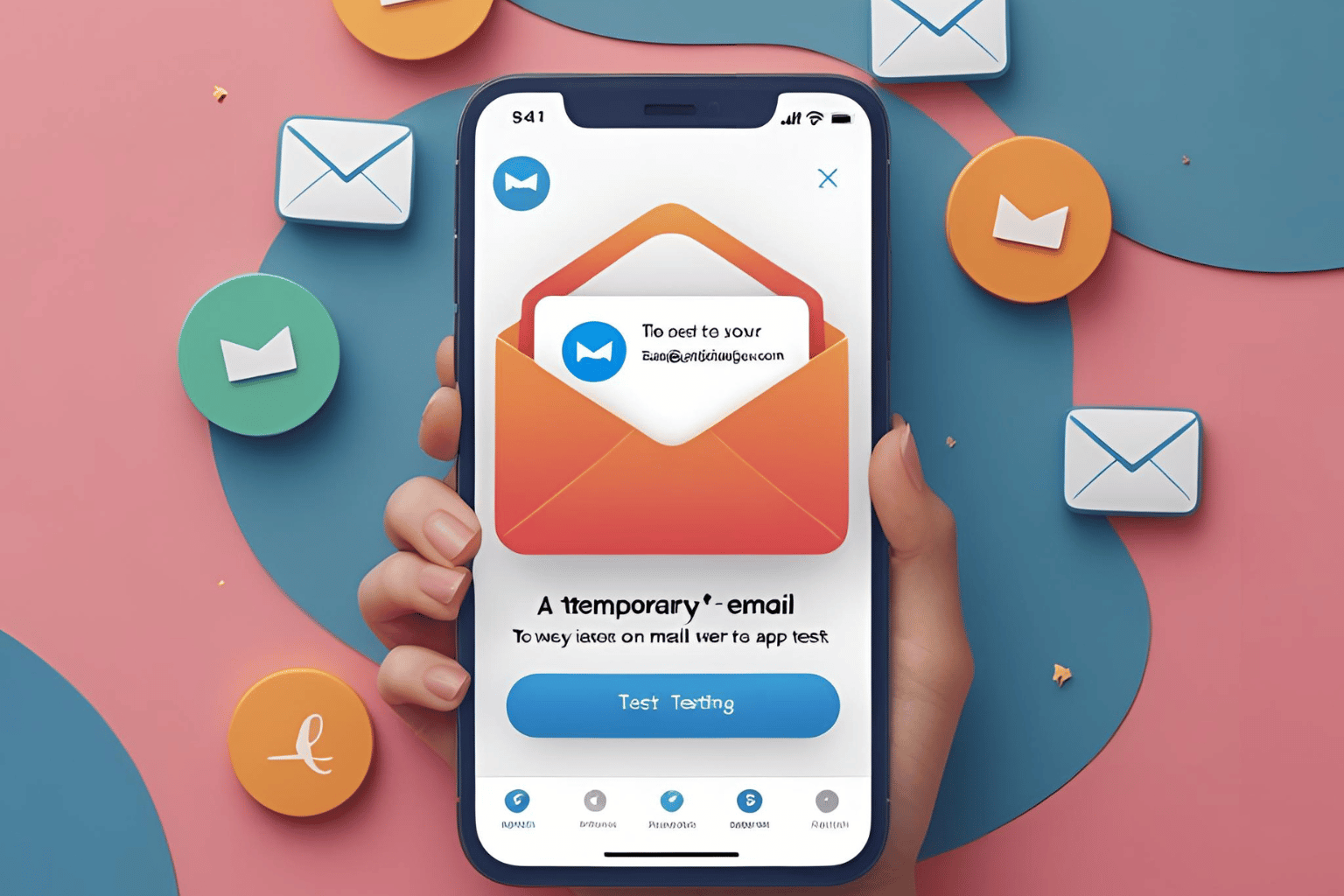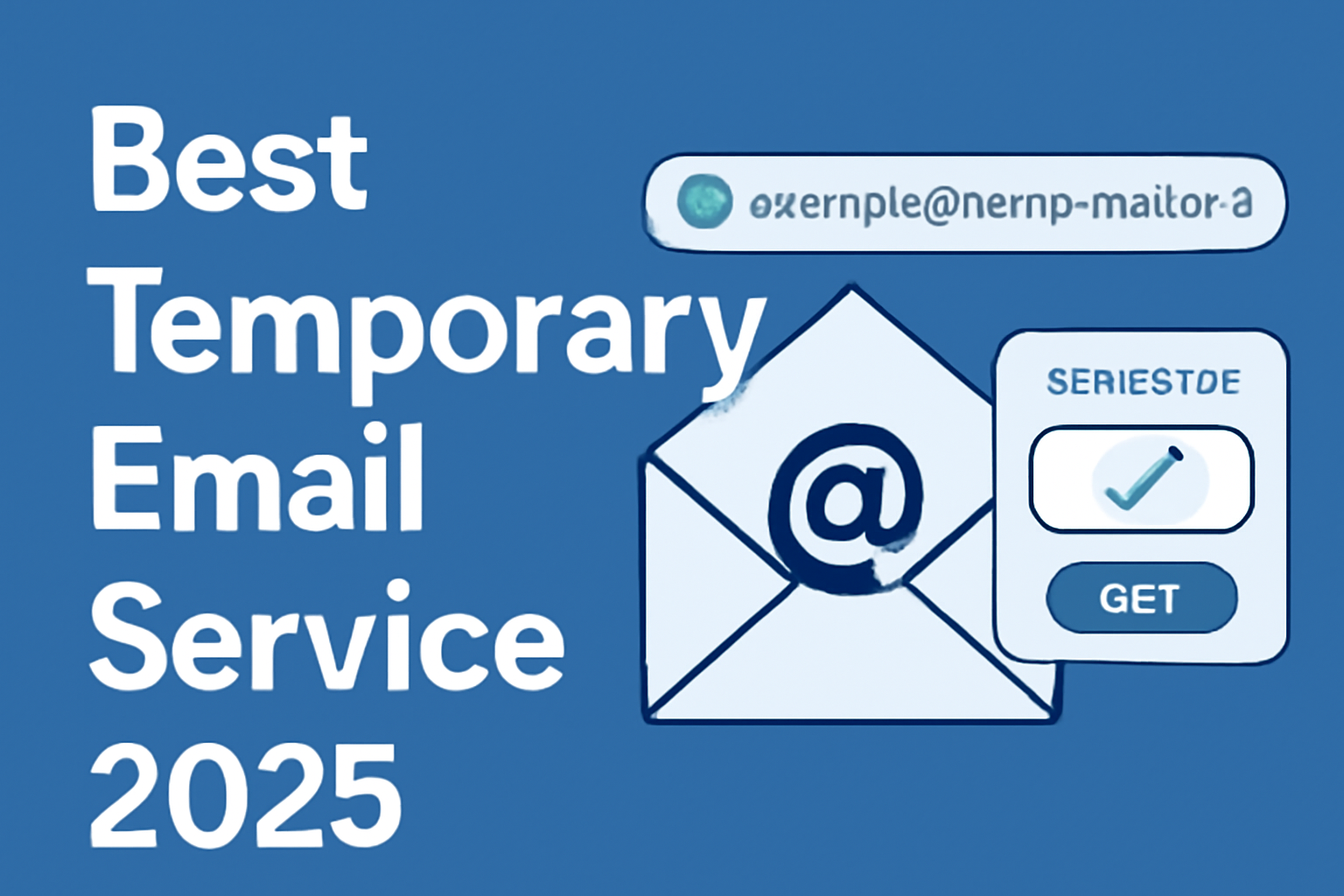If you're building or testing an app that requires email sign-up, password reset, or any form of communication, you already know the drill—you need an email address. But using your personal email or a shared company one? That’s a fast track to a cluttered inbox and privacy issues. Enter the temporary email, your testing MVP.
Temporary emails are the no-nonsense solution for developers and QA testers looking to test their apps without risking inbox overload, leaked credentials, or test pollution. Let’s dive into why they’re so powerful and which ones you should be using right now.
What Is a Temporary Email?
Think of a temporary email like a hotel room. You check in, use it for a while, then leave—and it’s like you were never there. These emails exist for a short time (sometimes just 10 minutes), receive messages, and self-destruct.
How It Works
You visit a site like TempMail or Guerrilla Mail, and it generates a random email for you instantly. You use that email to test your app. Once done, the email address and all messages disappear.
Benefits of Using Temporary Emails for App Testing
1. Privacy & Anonymity
Using your real email means exposing it to spam or worse—data leaks. Temporary emails shield your real identity during testing.
2. Clean, Spam-Free Inboxes
Don’t let your personal or work inbox become a dump for test emails. Use a burner instead.
3. Quick Multi-User Testing
Need to test user sign-ups, invite flows, or email verification? Spin up 10 emails in under a minute—no new Gmail accounts needed.
Common Use Cases in App Testing
-
Sign-Up Verification: Check how your app sends confirmation links or welcome emails.
-
Password Reset Flow: Validate if the "Forgot Password" flow works as expected.
-
OTP Testing: Some temp emails support OTP-based messages.
-
HTML Email Preview: See how your marketing or notification emails render in different environments.
Risks of Using Real Emails for Testing
Here’s why using real emails in testing is a rookie mistake:
-
Clutters Inbox: You’ll hate yourself after 200 fake registrations.
-
Data Privacy: Test users might show up in real analytics.
-
Security Risks: Mistyped real emails could lead to actual users getting test info.
Features to Look for in a Temporary Email Service
When picking a tool, make sure it has:
-
Auto-Expiration – Keeps things clean.
-
Inbox Refresh – So you don’t miss a message mid-test.
-
Custom Address Option – Useful for automated testing.
-
No Sign-Up Required – Convenience matters.
-
Public or Private Inboxes – Choose based on your needs.
Best Temporary Email Services for App Testing
1. TempMail
-
Free, instant, and perfect for quick use.
-
Limited features, but great for basic email flow testing.
2. Mailinator
-
Designed with developers in mind.
-
Has API support and private inboxes (paid).
3. 10MinuteMail
-
The OG in disposable emails.
-
You get 10 minutes, extendable.
4. GetNada
-
Supports multiple domains.
-
Mobile-friendly interface.
5. Guerrilla Mail
-
Choose your own alias.
-
Receive attachments—useful for document-based flows.
6. EmailOnDeck
-
Often used in crypto and tech spaces.
-
Decent speed and inbox life.
7. Moakt
-
Timer-based expiration.
-
Minimal UI, gets the job done.
8. Maildrop
-
Ideal for spam-free temporary testing.
-
Doesn’t support HTML-rich content well.
Comparing Temporary Email Tools
| Service | Expiry Time | Attachments | Custom Address | API Access |
|---|---|---|---|---|
| TempMail | Varies | No | No | No |
| Mailinator | No expiry | Yes | Yes | Yes |
| 10MinuteMail | 10 minutes | No | No | No |
| GetNada | Varies | No | No | No |
| Guerrilla Mail | 1 hour | Yes | Yes | No |
How to Integrate Temp Emails in Your QA Workflow
-
Manual Testing: Use browser-based temp email to validate flows.
-
Automation Tools: Use Mailinator or EmailOnDeck with Postman/Selenium.
-
Team Use: Share public inboxes or generate multiple accounts quickly.
When NOT to Use Temporary Emails
-
Legal or Financial Apps
-
Production Testing
-
Apps with Long-Term Session Management
Temporary emails are for disposable testing, not for auditing or secure workflows.
Best Practices for Email Testing in QA
-
Test multiple inboxes and providers
-
Check subject line, sender ID, reply path
-
Validate HTML and plain-text versions
-
Monitor for bounce or delivery issues
-
Check spam filters and folder placement
Temporary Emails vs Email Testing Tools
Sometimes, a disposable email just isn’t enough. Here’s when you need more:
Use Temporary Email When:
-
You need fast, short-term testing
-
Spam and HTML preview isn’t crucial
Use Email Testing Tools (e.g. Mailtrap, Mailhog) When:
-
You need email rendering previews
-
Team collaboration and delivery insights are necessary
-
You want staging environment integration
Real-Life App Testing Scenarios
1. SaaS Onboarding
Using 3-4 disposable emails to simulate team member invites.
2. Beta Mobile App Launch
Checking OTP delivery using GetNada or Guerrilla Mail.
3. E-commerce Checkout Testing
Verifying invoice and order confirmation emails with 10MinuteMail.
Are Temporary Emails Safe and Legal?
Generally yes—as long as you don’t use them for abuse.
-
Safe for App Testing: No personal data = no leaks.
-
Not for Fraud or Phishing: That’s illegal and unethical.
-
Check Terms of Service: Especially on paid platforms.
Temporary emails are a simple but mighty tool in any app tester's arsenal. They save time, protect your real inbox, and make multi-user simulations a breeze. Just remember—use them responsibly, and know when to switch to a full-scale email testing platform for more advanced needs.
FAQs
1. Can I use temporary emails for automation testing?
Yes, tools like Mailinator offer API access perfect for automated workflows.
2. Are these emails blocked by apps?
Some websites block common temp domains. Just switch to a different one.
3. What happens after the email expires?
All messages and the inbox are deleted forever—no recovery.
4. Do these services store my data?
Most don’t, but always check the privacy policy.
5. Is it safe to use for corporate app QA?
Yes—for testing only. Avoid using for production data or real customer flows.




